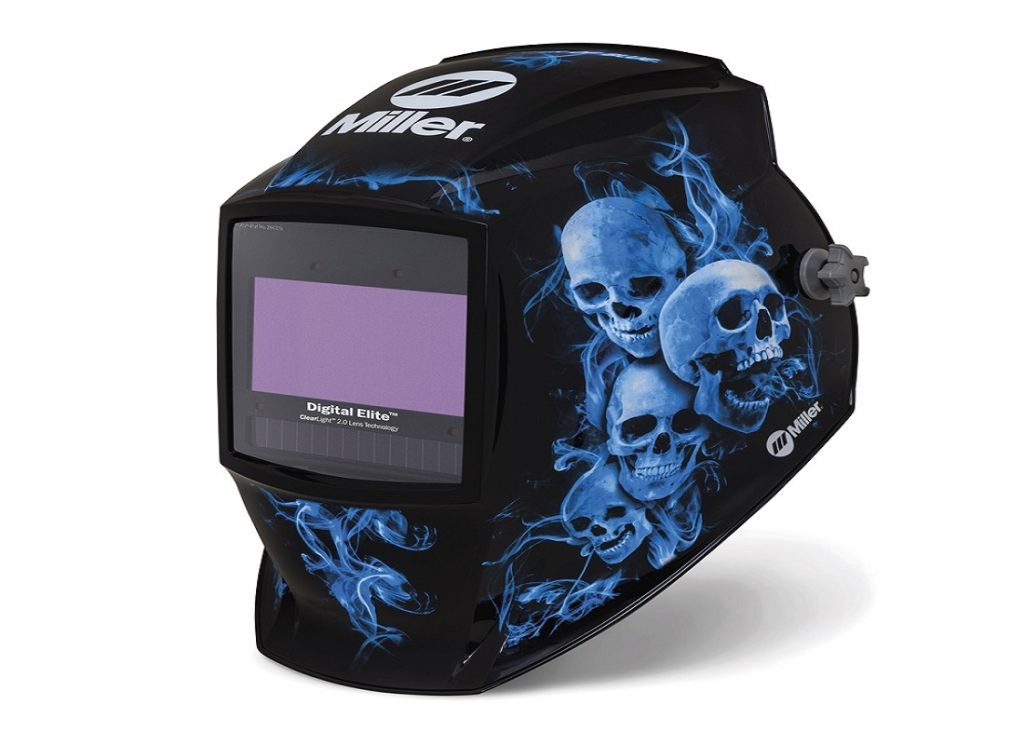
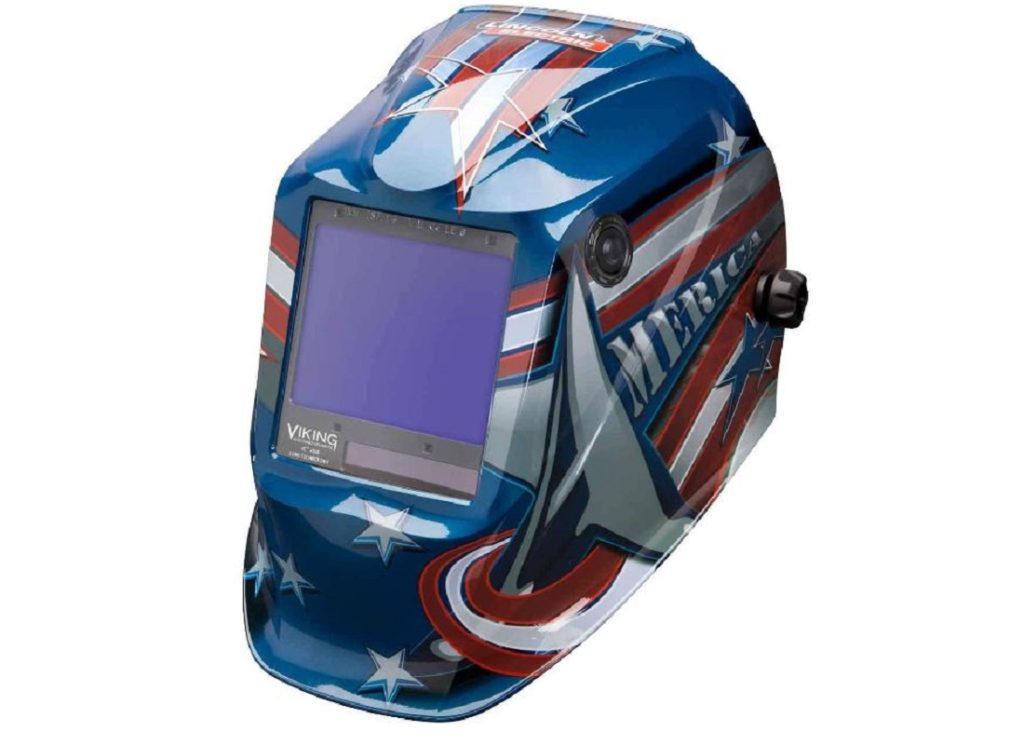

Overview of Automatic Darkening Welding Helmets
Automatic darkening welding helmets, essential for welders, offer eye protection through innovative auto-darkening filter lens technology. This technology swiftly transitions from light to a predetermined dark shade upon the initiation of an arc, eliminating the need for frequent helmet adjustments. This advancement enhances efficiency, safety, and convenience by allowing welders to maintain focus without interruptions.
These helmets play a crucial role in safeguarding eyes from harmful radiation and intense welding glow, reducing the risk of eyesight damage. Their automatic darkening feature ensures a seamless workflow, contributing to improved work quality, heightened productivity, and overall safety for welders.
How Automatic Darkening Welding Helmets Work
Utilizing advanced LED technology, automatic darkening welding helmets swiftly respond to intense light during welding. Sensors detect the arc, triggering the lens to darken within a fraction of a second, protecting the welder’s eyes. Upon arc cessation, the lens reverts to a lighter state for clear vision during inspection or setup for the next welding pass. This rapid adaptability ensures optimal protection and visibility throughout the welding process.
Basics of Light Sensors and Automatic Control Systems
Automatic darkening welding helmets function using a combination of light sensors and auto-controls. Typically, these helmets are designed with two to four sensors that detect an arc’s bright light, thus activating the auto-darkening process. These sensors are located at different points around the helmet to capture the light from all possible angles. The sensors send signals to an auto-control unit, which houses a liquid crystal display (LCD) technology, and controls the shade of the lens based on the intensity of the light.
Automatic Darkening and Lightening Processes
Upon detecting an arc, the light sensors initiate the automatic darkening process. The auto-control unit processes the signal and triggers the LCD to alter its properties, darkening the lens to a pre-set shade in milliseconds, shield the welder’s eyes from the intense light. When the welding arc ceases, the control unit detects the lack of intense light and then instructs the LCD to revert back to its light state, providing the welder with clear visibility of the work area. This switch between dark and light states happens almost instantly, ensuring a smooth and uninterrupted welding process.
Popular Automatic Darkening Welding Helmets:
Miller Digital Elite Auto-Darkening Helmet:
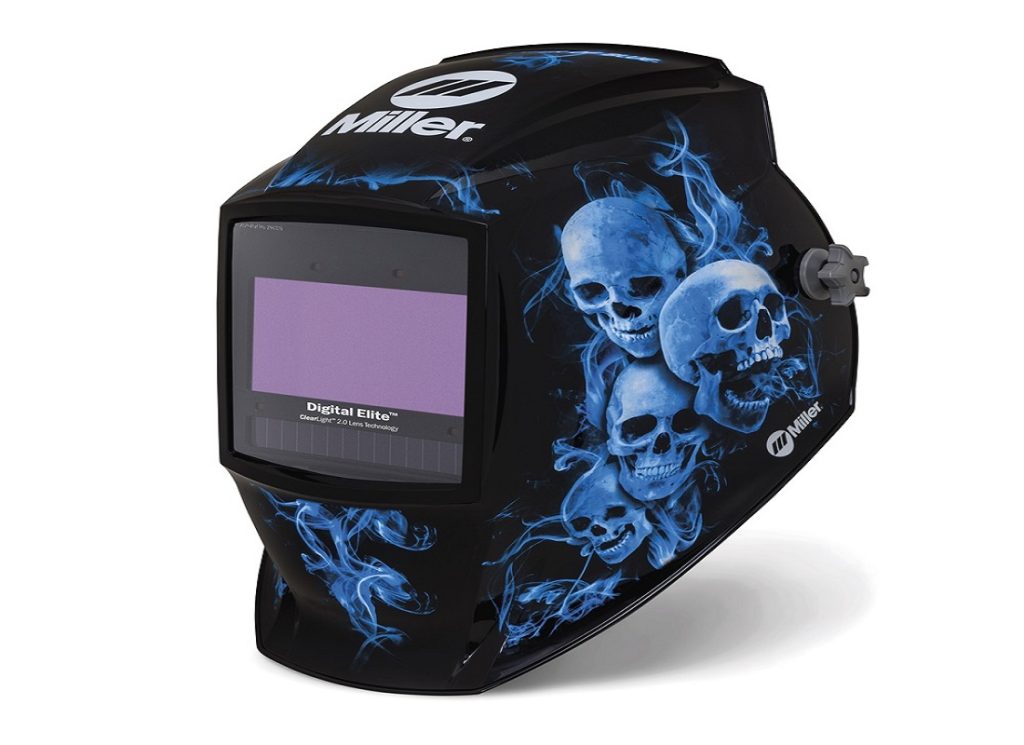
- This helmet is renowned for its exceptional clarity and broad viewing area. It features four modes, including weld, cut, grind, and X-mode, allowing for versatility across various welding applications.
- The Digital Elite boasts a responsive four-sensor system for precise auto-darkening.
- However, its high price point may deter budget-conscious welders.
Lincoln Electric Viking 3350 Series:
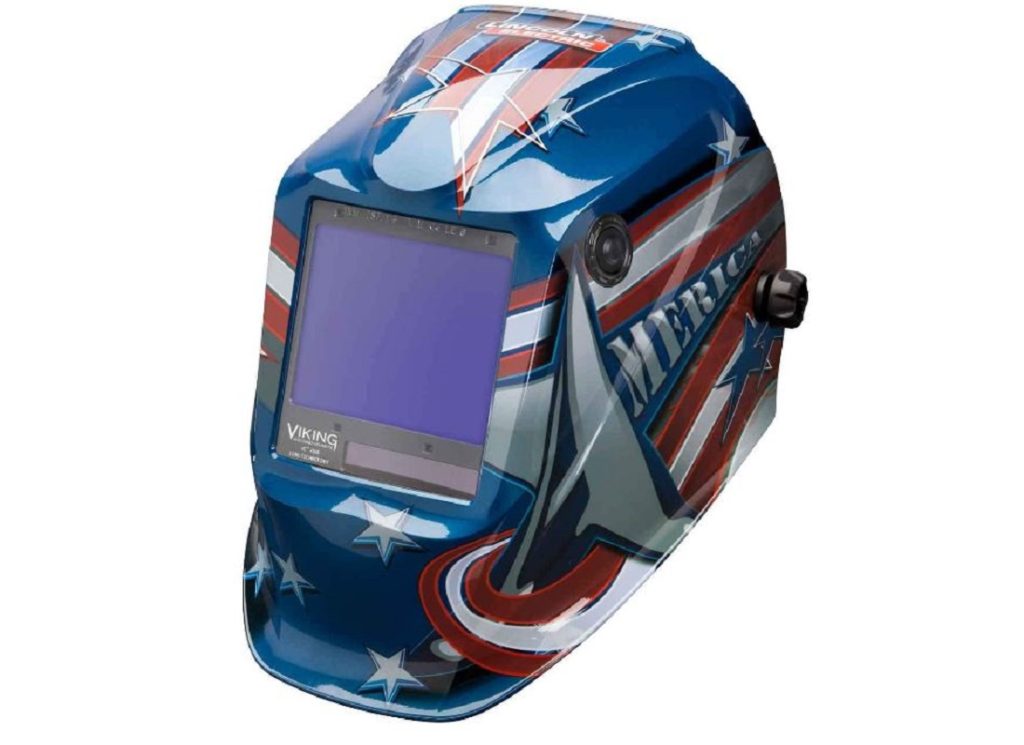
- This model stands out with its ‘4C’ lens technology that delivers clear visibility and lessens eye strain.
- It offers superior comfort with its pivot style headgear.
- Despite its advanced features, some users have reported that the helmet feels a bit heavy after prolonged use.
Hobart Inventor Auto-Darkening Helmet:
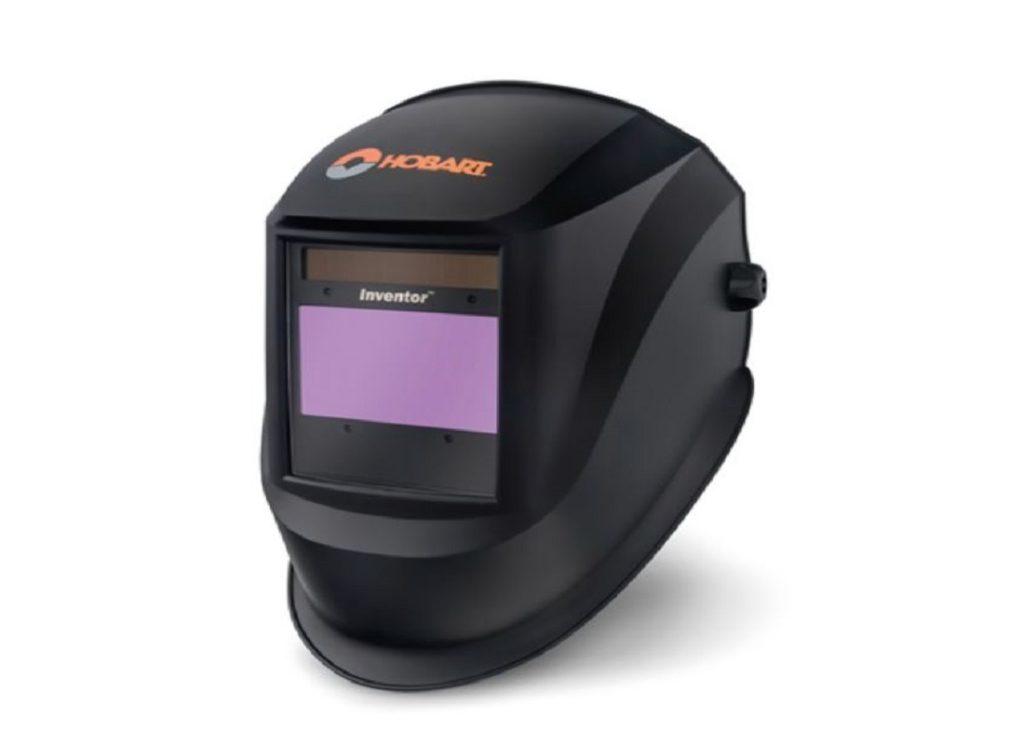
- Affordable and reliable, the Hobart Inventor is a suitable choice for hobbyists and entry-level professionals.
- It offers a wide viewing area and an auto-darkening reaction time of 1/25,000 of a second.
- However, it only comes with three operational modes, which may limit its versatility compared to other models.
Antra AH6-260-0000 Solar Power Auto Darkening Welding Helmet:
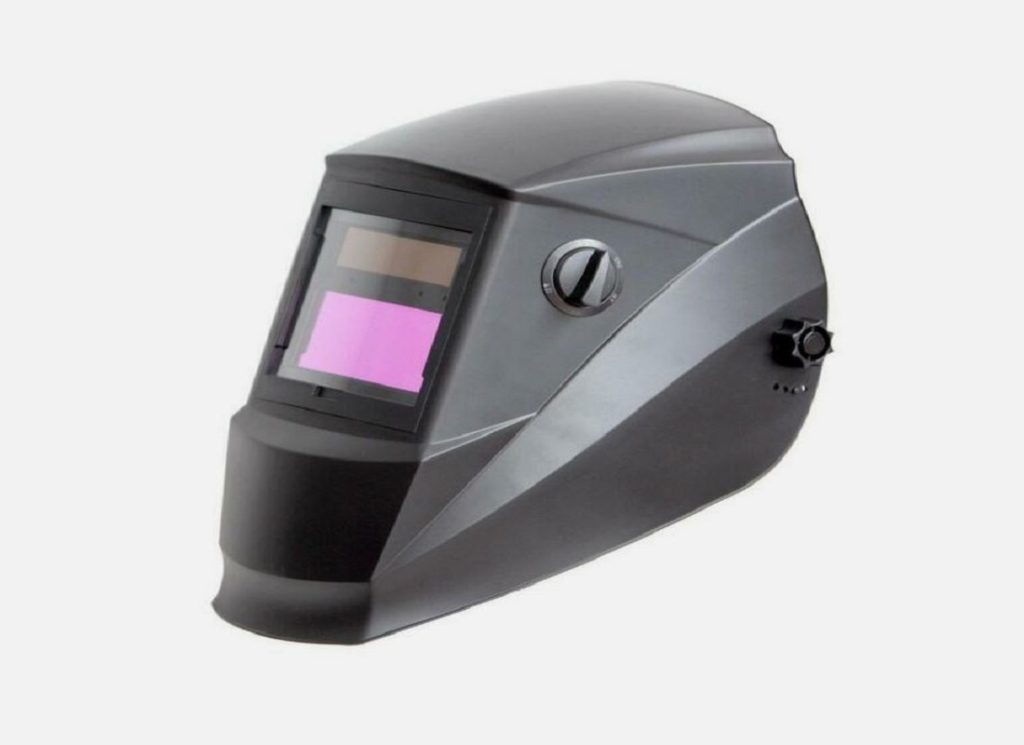
- The Antra AH6-260-0000 is highly affordable and packed with features.
- Its lightweight design reduces neck strain, and it offers a broad viewing area.
- It’s suitable for a range of applications, including MIG, TIG, and plasma applications. Despite these advantages, some users have found the helmet’s sensitivity adjustment to be somewhat lacking.
3M Speedglas Welding Helmet 9100:
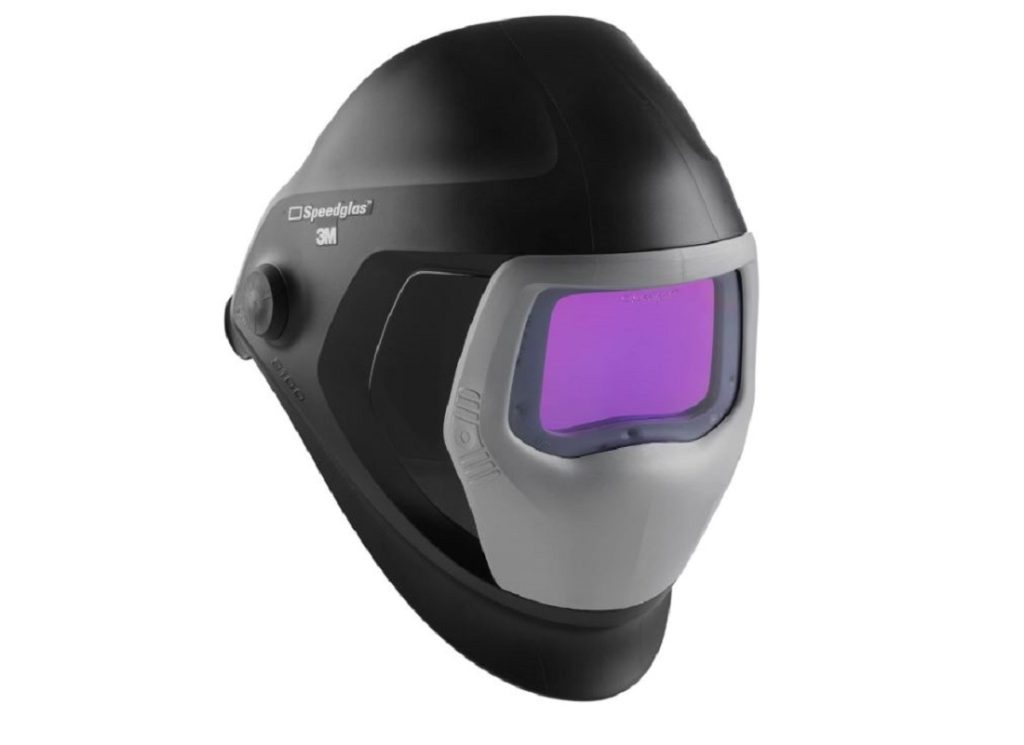
- This premium helmet is recognized for its advanced optics and large viewing area.
- It offers multiple sensitivity settings and has a side window for peripheral vision—an uncommon feature that enhances safety.
- Its drawback, though, is its premium price, which may not be suitable for all buyers.
What to Consider When Buying an Automatic Darkening Welding Helmet
There are several types of automatic darkening welding helmets available in the market, each offering unique features catered to different welding requirements:
- Fixed-Shade Helmets: These helmets come with a predetermined dark shade, typically around #10. They are a good fit for welders who consistently work with the same material and welding processes.
- Variable-Shade Helmets: These helmets offer a range of darkness levels. They automatically adjust the shade based on the intensity of the arc, making them ideal for welders who work with different materials and welding methods.
- Solar-Powered Helmets: These helmets harness natural sunlight or welding light to power the helmet’s auto-darkening feature. They are energy-efficient, but they may require exposure to light before use.
- Battery-Powered Helmets: These helmets rely on batteries to operate the auto-darkening feature. They are ready to use at any time, but their overall lifespan depends on the battery life.
- Combination Helmets: These helmets utilize both solar and battery power to offer flexible, efficient performance. These helmets ensure uninterrupted operation, as they use battery power when solar power is insufficient.
When choosing an automatic darkening welding helmet, consider the type and duration of your welding work, your working environment, and the power source that best suits your needs. It is also crucial to check the helmet’s number of sensors, reaction speed, and adjustable features for optimal safety and performance.
Advantages of Automatic Darkening Welding Helmets
According to welding expert John Smith, “Automatic darkening welding helmets offer unparalleled convenience and protection for welders. The ability to have a continuous view of the work area without constantly adjusting the helmet significantly improves efficiency and productivity.”
Effective Protection for Eyes and Face
Automatic darkening welding helmets provide effective protection not only for the eyes but also for the face. The auto-darkening lens shields the eyes from harmful infrared and ultraviolet rays that could cause serious eye damage like arc eye or cataracts. The helmet’s design also provides a physical barrier against hot metal, sparks, and slag, reducing the risk of burns and injuries to the face and neck. The combination of physical and visual protection makes these helmets an essential safety tool for welders.
Improved Visibility When Not Welding
One of the primary advantages of automatic darkening welding helmets is the improved visibility they offer when not welding. In their inactive state, the auto-darkening lenses allow a clear view of the work area, which can significantly improve setup accuracy and reduce the need for rework. Furthermore, the quick transition times of the lens ensure that welders do not lose sight of their work during the stop-and-go nature of most welding tasks. This improved visibility can enhance work quality, productivity, and overall safety.
Key Factors When Buying an Automatic Darkening Welding Helmet
When considering purchasing an automatic darkening welding helmet, it is essential to pay attention to the following factors:
Type of Sensors, Transition Time, and Sensitivity
When considering an automatic darkening welding helmet, it’s important to pay attention to the type and number of sensors, the transition time, and the sensitivity controls. Helmets with more sensors offer a wider arc detection range and are likely to perform better in obstructed or out-of-position welding. Transition time should be fast enough to protect your eyes from the bright arc, typically within 1/25000th of a second. Adjustable sensitivity controls are also crucial, as they allow you to tailor the helmet’s response to different welding environments and lighting conditions.
Material, Weight, and Size of the Lens
The material used in the helmet, its weight, and the size of the viewing lens are other factors for consideration. The helmet should be lightweight yet durable, typically crafted from high-density plastic that can withstand the high temperatures and physical impacts associated with welding. The size of the viewing lens should be adequate to provide a clear, unobstructed view of the entire work area. The weight of the helmet is also crucial for comfort during long hours of work.
Adherence to Safety Standards
Lastly, ensure that the automatic darkening welding helmet you select meets or exceeds relevant safety standards. In the United States, check for compliance with ANSI Z87.1 and CSA Z94.3 safety standards. These certifications ensure that the helmets have been rigorously tested and verified for their protective capabilities. Plus, they ensure that the auto-darkening lenses provide reliable and effective protection against harmful UV and IR radiation. Always prioritize safety over style or price when selecting a welding helmet.
Considerations When Using an Automatic Darkening Welding Helmet
When using an automatic darkening welding helmet, prioritize safety and efficiency. Regularly inspect the helmet for damage, ensuring the functionality of the auto-darkening lens and sensors. Promptly replace the battery if applicable; for solar-powered or non-replaceable battery helmets, exposure to bright light is necessary for recharging.
Regular Maintenance and Cleaning
Regular cleaning and maintenance of your automatic darkening welding helmet are essential to ensure its longevity and optimal performance. Accumulated dirt and grime can impair the sensors’ function and obscure vision through the lens. Use a clean, soft cloth to wipe the helmet’s exterior and lens regularly. Special lens cleaning solutions can be used for removing stubborn dirt on the lens. Always handle the helmet with care to avoid scratches and damages.
Inspection and Replacement of Faulty Components
Frequent inspection of the helmet for any wear and tear, or damage is crucial. Check for cracks or significant scratches on the lens and the helmet’s body. Verify that the sensors are functioning correctly and that the auto-darkening function activates promptly and correctly. If any component is faulty or damaged, it should be replaced immediately to guarantee the helmet’s safety functions.
Proper Adjustment of Darkness Level for Specific Applications
The auto-darkening feature of the helmet is adjustable and should be correctly set for each specific welding job. This adjustment ensures the welder’s comfort and the effectiveness of the protection. The correct darkness level depends on several factors, including the welding process, the material being welded, and the amperage used. Always refer to the manufacturer’s instructions and guidelines for setting the appropriate darkness level.
Conclusion
In conclusion, automatic darkening welding helmets enhance safety and productivity by swiftly responding to welding arc light. Consider factors like sensor type, transition time, and weight when purchasing. Adherence to safety standards, regular maintenance, and proper darkness level adjustment are crucial for optimal performance. Choose wisely to meet your specific welding needs and ensure comprehensive protection.
Leave a Reply